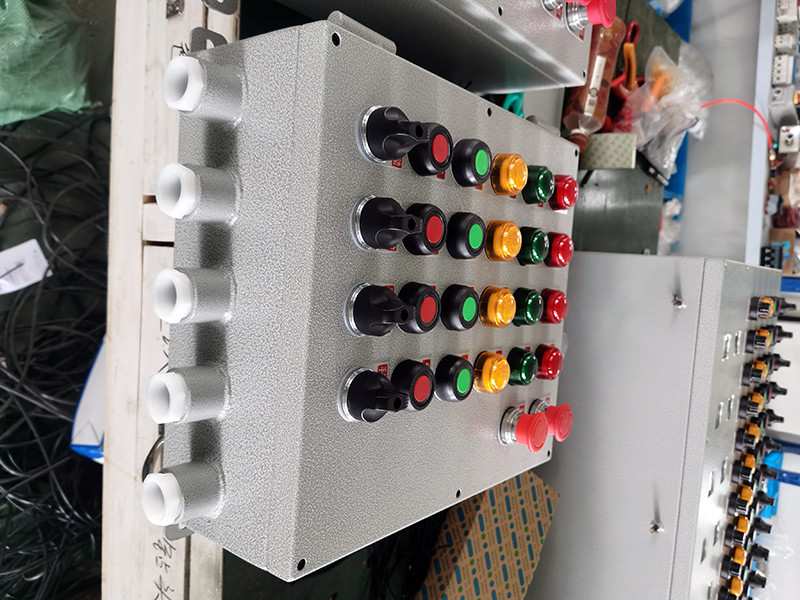Lẹhin pipin awọn ẹya apejọ ti o da lori awọn awoṣe ikole, ọkọọkan ti ijọ le ti wa ni pinnu.

Yi ọkọọkan ojo melo bẹrẹ pẹlu olukuluku awọn ẹya ara ati irinše ati culminates ni ik ijọ. Apejọ System Chart (Olusin 7.6) graphically duro awọn wọnyi ibasepo ati lesese, Pese apejọ ti o han gbangba ti gbogbo irin ajo irin ajo lati awọn ipo ibẹrẹ si apejọ ikẹhin.
Iru si kaadi ilana apejọ apejọ, Apejọ Eto apejọ Sin bi ọna kika ti awọn apejọ ilana apejọ apejọ.
Nigbati o ba ṣeto ile-iṣẹ Apejọ, akiyesi gbọdọ san si awọn italaya ti o pọju. Paapaa lẹhin itupalẹ awọn ẹya ati awọn paati fun ṣeeṣe ipinnu igbekale, Ọna ti ko ṣe akiyesi le ja ọran naa. Fun apẹẹrẹ, ti o baamu paati kan ninu jiji jinlẹ le ṣe idiwọ fifi sori ẹrọ ti awọn paati ti o tẹle, Paapa ti apejọ ti igbekale jẹ ohun ti o ṣeeṣe imọ-ẹrọ. 'Ifarabalẹ’ waye nigbati apakan kan tabi apakan ko ni interrent infure ninu aworan naa ṣugbọn di laini deede ti ko yẹ. Oju iṣẹlẹ yii kii ṣe loorekoore ninu awọn apejọ pẹlu awọn ẹya ti o nipọn.
Aworan atọka, dari nipasẹ nọmba lori awọn yiya ẹrọ ti ohun elo, Yẹ ki o hanwe aami kọọkan pẹlu orukọ rẹ, Nọmba iyaworan, ati opoiye. Iṣeduro Ami yii ni irọrun idanimọ awọn ẹya pataki, irinše, iha-apejọ, ati iye wọn lakoko apejọ.
O tun ṣe pataki lati ṣe akiyesi awọn ohun ti o ra ti a lo laarin awọn apakan, irinše, ati awọn apejọ ni aworan apẹrẹ kuro, sọ orukọ wọn, awoṣe, alaye, ati opoiye.
Apejọ Eto Apejọ ti a gba ni gbogbogbo fun ẹyọkan tabi awọn iṣelọpọ ipele kekere. Sibẹsibẹ, ninu awọn oju iṣẹlẹ iṣelọpọ nla-iwọn, O yẹ ki o lo awọn akojọpọ ilana apejọ apejọ fun ṣiṣe to dara julọ.
 Shenhai bugbamu-Imudaniloju
Shenhai bugbamu-Imudaniloju
